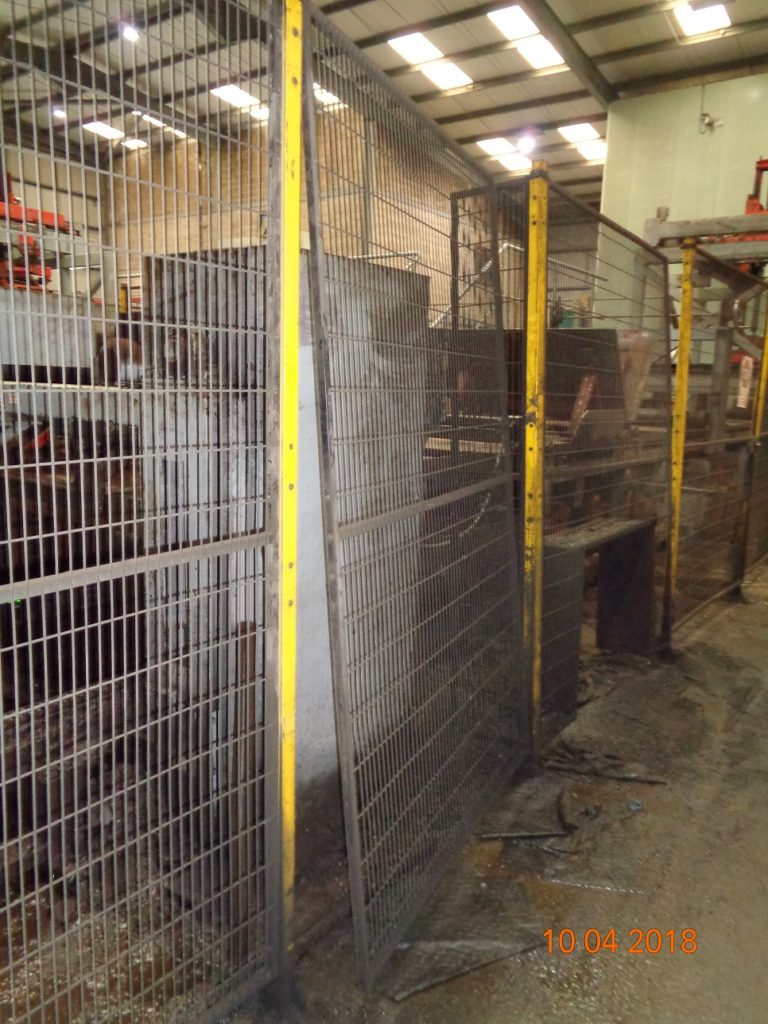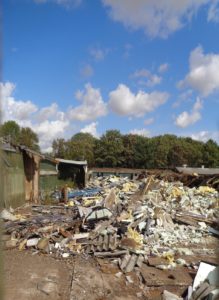Airline company sentenced for unsafe operation of a passenger lift
Flybe Ltd has been fined today after an investigation into a worker falling into a lift shaft at Exeter Airport uncovered health and safety failings.
Exeter Magistrates’ Court heard that on 15 May 2016, a 34-year-old employee was moving a loaded lift trolley in the tool department of Hanger 2 when he fell into the lift shaft to the bottom floor and suffered injuries.
Although the exact cause of the incident could not be established, the HSE investigation found that the lift doors had a fault which meant that they defaulted to locked. As a result, the emergency door release key was being routinely used by employees to bypass the fault and therefore the lift’s safety devices.
Flybe Ltd of New Walker Hanger, Exeter Airport pleaded guilty to breaching Section 2(1) of the Health and Safety at Work Act 1974 and has been fined £100,000 and ordered to pay costs of £9,963.16.
Speaking after the hearing HSE inspector Emma O’Hara said: “Despite a fault, busy workers who were moving parts and tools felt compelled to keep the lift in use. The safety features of the lift were therefore made redundant.
“The lift should have been taken out of service or an alternative system of work should have been in place, and this should have been communicated.
“HSE will not hesitate to take appropriate enforcement action against those that fall below required standards.”
Notes to Editors:
- The Health and Safety Executive (HSE) is Britain’s national regulator for workplace health and safety. We prevent work-related death, injury and ill health through regulatory actions that range from influencing behaviours across whole industry sectors through to targeted interventions on individual businesses. These activities are supported by globally recognised scientific expertise. www.hse.gov.uk
- More about the legislation referred to in this case can be found at: www.legislation.gov.uk/
- HSE news releases are available at http://press.hse.gov.uk
The post Airline company sentenced for unsafe operation of a passenger lift appeared first on HSE Media Centre.


